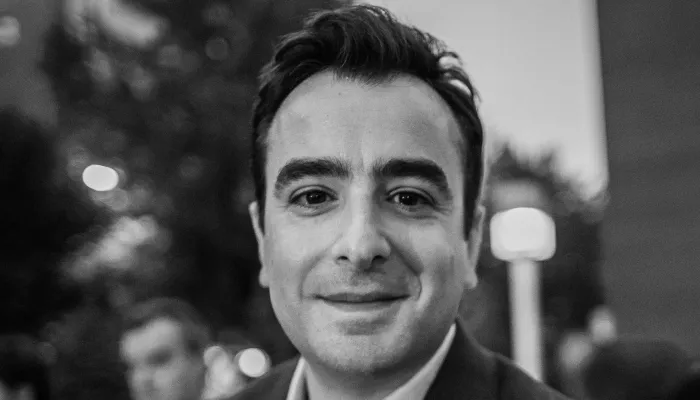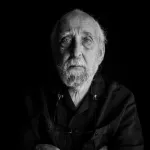Coin Exhibit, British Museum.
Their misshapenness strikes the table in tiny splashes,
like still-cooling splatters of silver. Stater and shekel,
mina and obol. Persia’s bullion had a lion and bull.
Athens an owl, Messana a hare, a jar for Terone, Melos
a pomegranate. Call it museum money, written off
and not expected back — some Ozymandian loose change,
or a bit of dodo boodle, bygone swag, has-been loot,
history’s tithe to itself. And God knows after all this
gazing at glass maybe even you mull the quaintness
of things kept too long. But not so fast. This old currency
returns us to first principles, to a time when poverty
had heft, when debt was assigned its correct weight,
spilled metal coldcocking its solid clink against metal,
when taxes, rents and sundry dues were made real
by the real coins that paid for them, knurled and oblong,
dented and pinched, coins that called out your cost
when spoken on scales and so relentlessly palpable
they held their ground as outlaw selves of your reflective tact,
giving the middle finger to poetic truth. They belong
to days before dollars dipped, when it was futile to speculate
on the facts; ingots were unillusionary, would mean
what you spent, and prosperity, like perdition, properly
shouldered its burden, like those last Roman senators
forced to carry their assets in carts. Know what truth was?
Truth was the unapproximating mix of gold and silver
smelted and cast into bars, the alloy hammered flat,
blanks cut with shears, stacked, then hammered again
into circular shape. Now that’s genuine, that’s proof.
The heat and hiss, the loud crack of tools. When what you earned
was itself evidence of a life lived in labor, the stubble-
to-beard truth of busting your butt — a few, of course,
added bronze to phony the weight, but being neither metaphor
nor symbol, its quality could be checked by a chisel cut.
A museum coin collection prompts a reflection on the captivating nature of currency.
- This poem traces the speaker’s fascination with the British Museum’s coin collection. What is it about the coins that initially prompts the speaker into further contemplation?
- While the poem’s speaker embodies the conversational tone of a museum tour guide, there’s a delightful musicality to the poem that helps us to us to appreciate another element of these ancient coins. Can you find a beautiful passage that resonates with you?
- In the last stanza, the speaker says that the quality of a coin can be “checked by a chisel cut,” but that the quality of metaphors and symbols can’t be inspected this way. How do you know when a poem feels “genuine”?
- The poem’s title, “Money” feels almost flippant after the speaker’s wide-ranging and exuberant discussions of poverty, debt, and even truth. What is the effect of initially highlighting the transactional utility of coins instead of, say, their aesthetic worth?
- With an eye to the poem’s long lines and tongue-twisting alliteration, where might it make sense for you to pause for a breath when reciting the poem?
- Write a poem about an object you think deserves to be displayed in a museum that your friends or family might not fully appreciate. What is it you see in this object that no one else does?
Useful Links
Read an interview with Carmine Starnino in CV2: http://www.contemporaryverse2.ca/en/interviews/excerpt/an-interview-with...
Watch Carmine Starnino recite his work: https://www.youtube.com/watch?v=gCJbgxkX4eE
Carmine Starnino, “Money” from With English Subtitles. Copyright © 2004 by Gaspereau Press. Reprinted by permission of Gaspereau Press.
Source: The Best American Poetry 2007 (Scribner, 2007)





